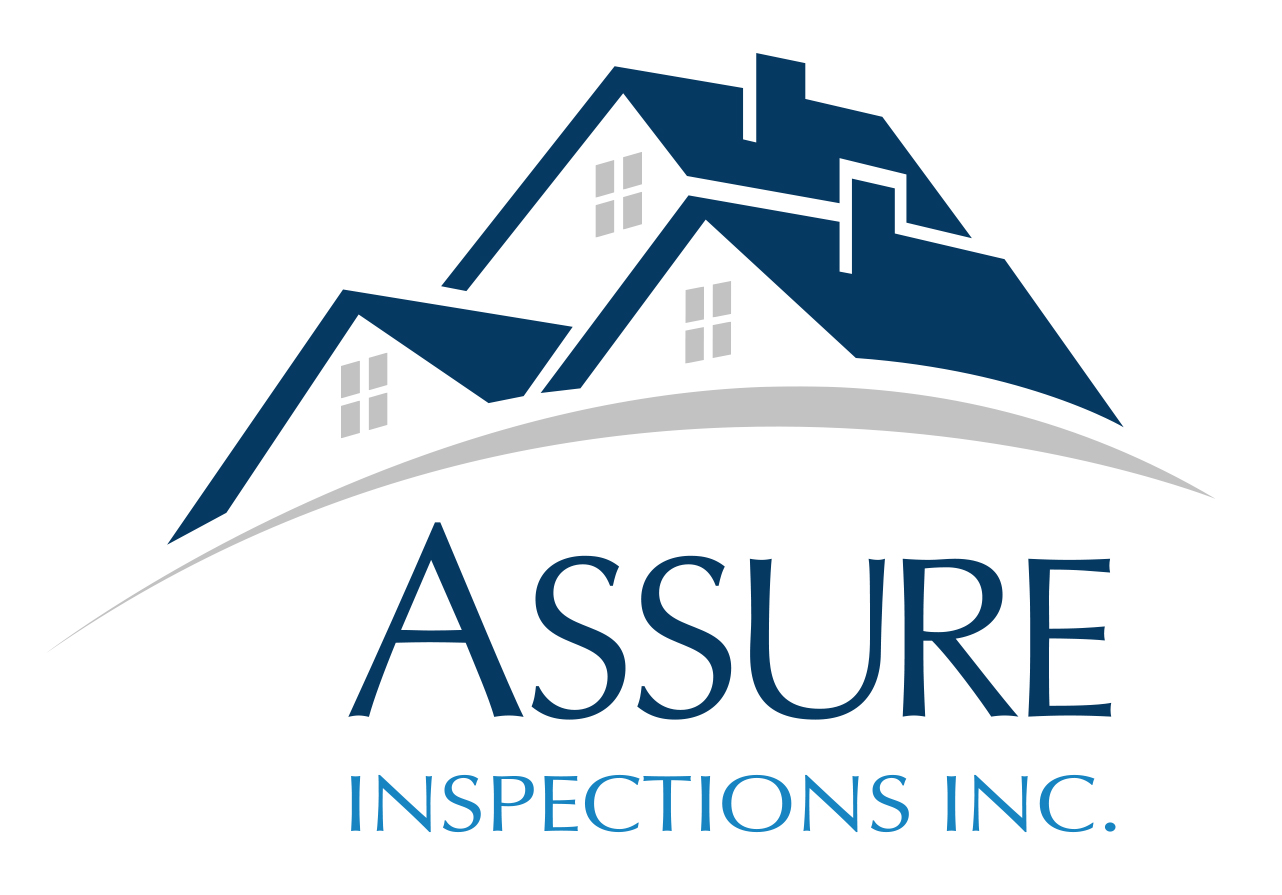Choosing the right neighborhood is crucial when buying a home. When you buy a house, consider the community, amenities, safety, and lifestyle the neighborhood offers. Here’s a detailed guide on how to identify a good neighborhood for your next home purchase.
Research the Crime Rates to Identify a Good Neighborhood
Safety is a top priority for most homebuyers. Researching the crime rates in a neighborhood can provide insight into its safety. Many online tools and local police department websites offer crime statistics. Look for trends over time to understand whether the area is improving or deteriorating in terms of safety.
Visit the Neighborhood at Different Times
A neighborhood can look different depending on the time of day or week. Visit during the morning, afternoon, and evening to get a sense of the community’s atmosphere. Pay attention to noise levels, traffic, and how residents interact.
Evaluate the Local Schools
The quality of local schools is an important factor for families with children. Research school ratings and reviews. If possible, visit the schools, talk to parents in the area, and check out after-school programs. Good schools often indicate a well-maintained and engaged community.
Check Proximity to Amenities to Identify a Good Neighborhood
Convenience is key in everyday life. Identify the proximity of essential amenities like grocery stores, hospitals, parks, and public transportation. A neighborhood with easy access to these services can significantly enhance your quality of life.
Observe the Property Conditions
Well-maintained properties often reflect a neighborhood where residents take pride in their community. Look for signs of neglect, such as unkempt lawns, peeling paint, and general disrepair. Conversely, neighborhoods with well-maintained homes and public spaces indicate a stable and desirable area.
Consider Future Developments
Investigate any planned developments or zoning changes in the area. Future commercial and residential projects can impact property values, green spaces, and traffic in the neighborhood. Local government websites and planning boards usually provide information on upcoming developments.
Talk to the Neighbors to Identify a Good Neighborhood
Speaking with current residents can offer invaluable insights. Ask about their experiences living in the neighborhood, the community’s strengths, and any concerns they might have. Friendly, welcoming neighbors will make the area more enjoyable to live in.
Assess the Commute
Consider your daily commute to work, school, or other frequently visited places. A neighborhood might seem perfect, but a long or stressful commute can diminish its appeal. Test out the commute during peak hours to get a realistic idea of travel times and traffic conditions.
Evaluate the Overall Vibe
Every neighborhood has a unique vibe. Spend time walking around, visiting local shops, and eating at nearby restaurants. Try to gauge whether the area feels like a place you’d enjoy living. Your comfort and happiness in a neighborhood are just as important as the practical considerations.
Analyze Real Estate Trends
Look at the real estate trends in the area. Are property values rising, stable, or declining? Rising property values often indicate a desirable neighborhood. Consult with a local real estate agent who can provide detailed market insights and help you understand the area’s long-term prospects.
Review Public Services and Infrastructure
Reliable public services such as garbage collection, road maintenance, and utilities are crucial. Check the quality and reliability of these services. Good infrastructure, including well-maintained roads and public spaces, signifies a well-managed community.
Identifying a good neighborhood requires thorough research and personal observation. Spend some time getting to know the community around a home before you decide to move. Remember, the right neighborhood can significantly enhance your quality of life and contribute to the overall enjoyment of your home.
FAQs on How to Identify a Good Neighborhood
How can I determine if a neighborhood has a strong sense of community?
To determine if a neighborhood has a strong sense of community, look for signs of social interaction among residents, such as community events, block parties, and active neighborhood associations. You can also check social media platforms like Nextdoor or Facebook groups for neighborhood-specific pages where residents communicate and organize events.
How can I gauge the economic stability of a neighborhood?
To gauge a neighborhood’s economic stability, look at factors like employment rates, local business success, and property value trends. Stable or rising property values, low unemployment rates, and thriving businesses usually indicate a healthy economy.
Can the diversity of a neighborhood affect its appeal?
Diversity can significantly enhance a neighborhood’s appeal by fostering a rich cultural environment and encouraging inclusivity. Diverse neighborhoods often have varied dining options, cultural events, and a mix of perspectives that can enrich the community experience.
What are some signs of an up-and-coming neighborhood?
Signs of an up-and-coming neighborhood include new developments, increased investment in infrastructure, and the opening of trendy businesses and restaurants. Look for areas where younger professionals and artists are moving, as they often indicate the beginning of neighborhood revitalization and growth.
Assure Inspections Inc. offers inspection services in the Chicago area. If you’re buying or selling a home, contact us to request an appointment.

